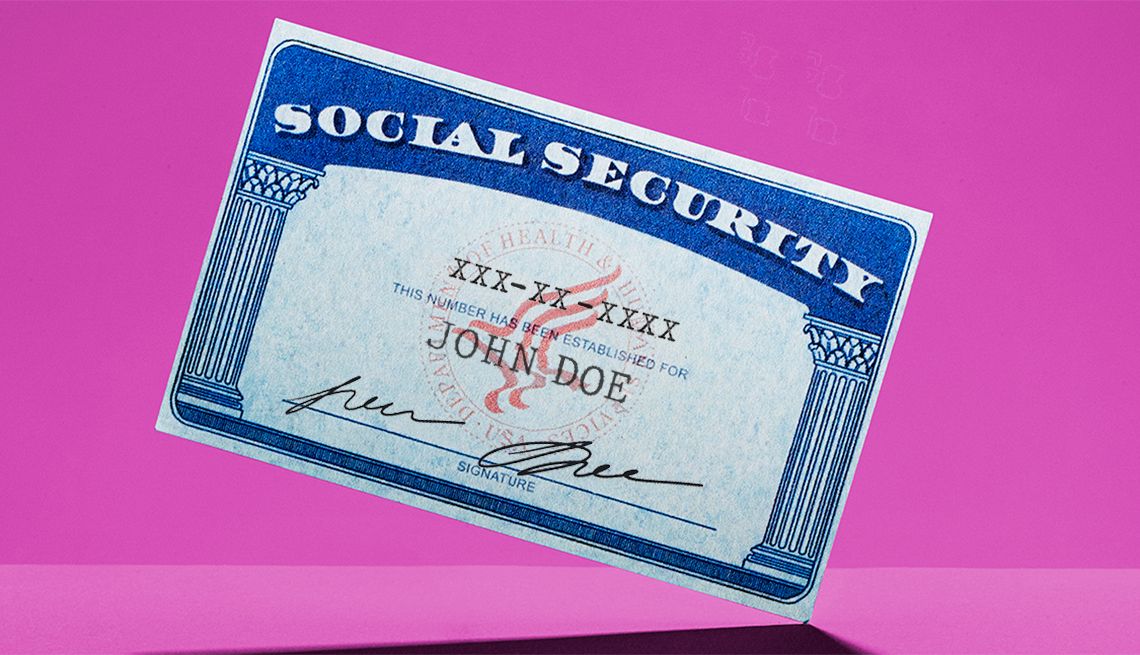AARP Hearing Center


In this story
Numbers are random • Method expands number pool • Millions of numbers issued • They’re never reused • Keep in mind
Since June 2011, Social Security numbers (SSNs) have been assigned randomly, but they still have the nine-digit, XXX-XX-XXXX format used since the very first number was issued in 1936.
Before the 2011 switch:
- The first three digits were called the “area number” and represented the state where a person lived when the SSN was issued.
- The next two digits were the “group number” and grouped Social Security numbers within a state into blocks of numbers.
- The final four numbers were the “serial number” and identified each individual within a block.
If you received your number after June 2011, the designations don’t apply because a computer generated your random number.
What are the advantages of randomly assigning SSNs?
The original system was ideal for record-keeping in an era when Social Security data was organized for storage in filing cabinets. Randomization, besides being better suited to the digital age, serves two main purposes:
- Making life harder for identity thieves. Eliminating the geographical component of the first three digits makes it more difficult for crooks to reconstruct potential victims’ numbers using publicly available data such as an address.
- Making sure we won’t run out of Social Security numbers for several generations. The old system limited the range of numbers that could be issued in each state. When randomization was proposed in 2007, some states had fewer than 10 years’ left of unassigned numbers.
The random system expanded the pool of numbers, in part by allowing three-digit codes not used in the past as area numbers, including some in the 700s and 800s. Still off limits for the first three numbers: 000, 666 and 900-999. Now, anyone from anywhere in the country can get one of the more than 400 million available nine-digit numbers, and the Social Security Administration (SSA) says it has enough remaining numbers for years and years.
Despite the change in the way numbers are generated and assigned, the primary purpose of SSNs remains the same: Tracking your lifetime earnings so the SSA can calculate and pay you benefits. Of course, the numbers have other uses, such as when banks ask for your number when you open an account.
How many Social Security numbers have been issued?
More than 540 million SSNs have been issued. The federal agency has averaged more than 6 million new ones annually in recent years, it says.
Are Social Security numbers reused?
The Social Security Administration does not reuse numbers. It does not reassign a number when the person holding that nine-digit combination dies.
Keep in mind
- Randomization will apply if you get a new Social Security number to replace a number assigned before June 2011.
- Social Security grants requests to change a number under very limited circumstances, including if the applicant is a victim of domestic violence or abuse or is suffering significant financial harm from identity theft.

































































More From AARP
How to Tell If Calls From Social Security Are Scams
Learn about tactics used in fraud and how to protect yourself
How to Get a Replacement Social Security Card
Navigating Social Security
My Biggest Retirement Mistake: Collecting Social Security Early
Claiming benefits at the minimum age can shore up cash flow but comes with a cost